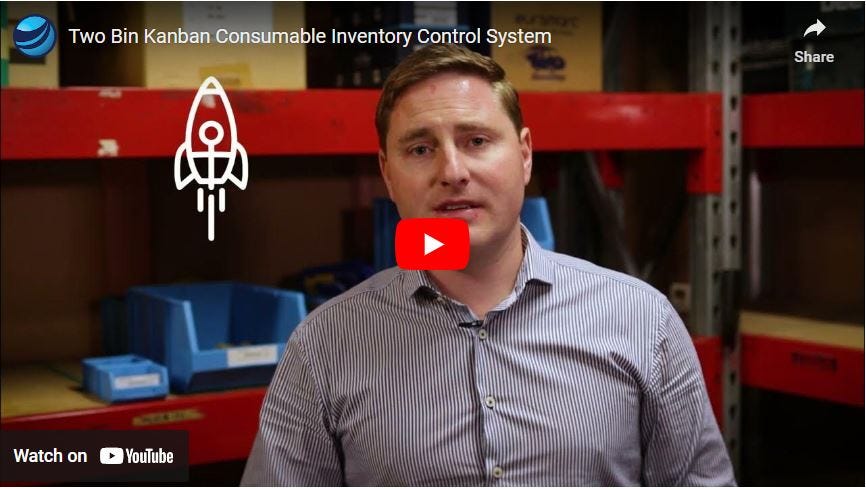Kanban vs Min/Max: The Battle of Inventory Management Systems
In today's fast-paced business world, managing inventory is crucial for the success of any organization. Inventory management systems are designed to help businesses control the flow of goods and materials, reduce costs, and improve lead times. Two popular inventory management systems are Kanban and Min/Max stock control, and both have their own unique set of pros and cons.


Kanban
The Visual Inventory Management System Kanban is a visual inventory management system that was originally developed for the Japanese automotive industry. It's a pull-based system that only produces what is needed when it's needed. This approach helps reduce inventory levels and associated costs, while also improving material flow and reducing lead times.
One of the biggest advantages of Kanban is its visual management approach. The system provides a clear visual representation of inventory levels and material flow, making it easier to manage and monitor. This visual approach also makes it highly adaptable to changing demands and production schedules.
However, implementing a Kanban system can be complex and requires a significant investment of time and resources. Additionally, Kanban is limited to repetitive processes and does not provide detailed information on inventory levels or production schedules, making it difficult to make informed decisions.


Min/Max Stock Control
The Simplistic Inventory Management System Min/Max stock control is a simple inventory management system that focuses on determining the optimal order point and order quantity. This approach helps to efficiently reorder inventory and provides a safety stock buffer to ensure that inventory levels remain stable and consistent.
The biggest advantage of Min/Max stock control is its simplicity. The system is relatively easy to implement and requires minimal investment of time and resources. This simplicity makes it a popular choice for organizations that want to quickly improve their inventory management processes.
However, Min/Max stock control can lead to over-ordering and high inventory levels, resulting in increased costs. Additionally, the system is not suitable for rapidly changing demand patterns, as it does not adjust quickly to changing conditions. It also lacks real-time information on inventory levels or material flow, making it difficult to monitor and manage.
In conclusion, both Kanban and Min/Max have their own advantages and disadvantages, and the choice of system depends on the specific requirements and goals of an organization. Whether you're looking for a visual approach, a simplistic system, or something in between, there's an inventory management system that can meet your needs. By understanding the pros and cons of each system, you can make an informed decision that will help you achieve your inventory management goals and drive business success.
 Need assistance?
Need assistance?







